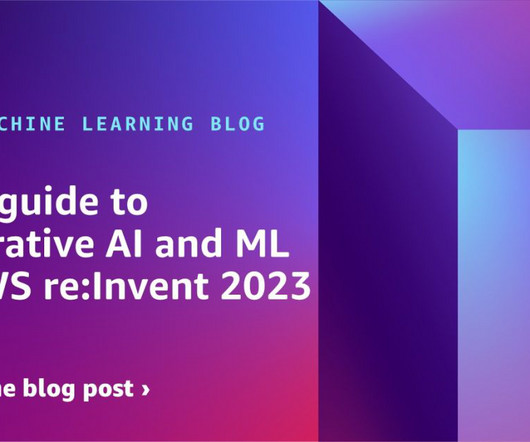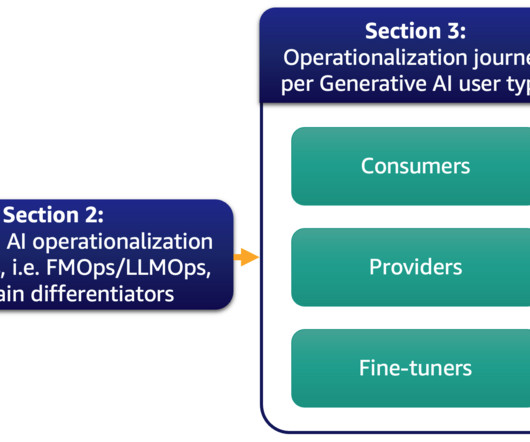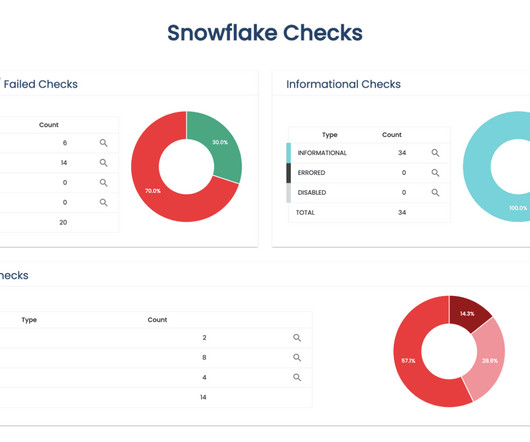Tackling AI’s data challenges with IBM databases on AWS
IBM Journey to AI blog
MARCH 14, 2024
The existence of data silos and duplication, alongside apprehensions regarding data quality, presents a multifaceted environment for organizations to manage. Also, traditional database management tasks, including backups, upgrades and routine maintenance drain valuable time and resources, hindering innovation.
















Let's personalize your content